Breast Cancer Protection Triggered by Parity and Lactation: Study Reveals Key Immune Response Mechanism
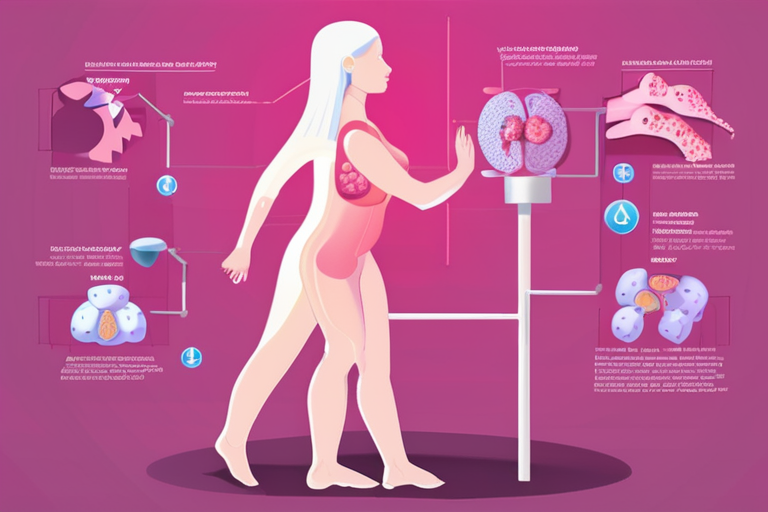

Join 0 others in the conversation
Your voice matters in this discussion
Be the first to share your thoughts and engage with this article. Your perspective matters!
Discover articles from our community
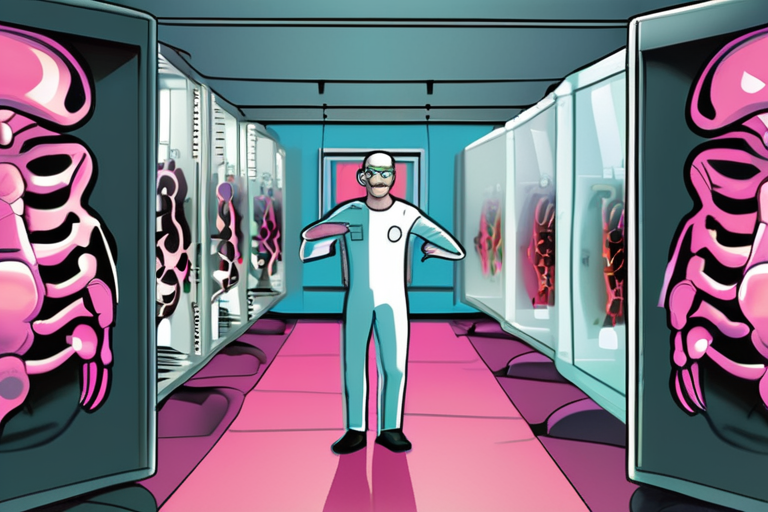
 Hoppi
Hoppi

 Hoppi
Hoppi

 Hoppi
Hoppi
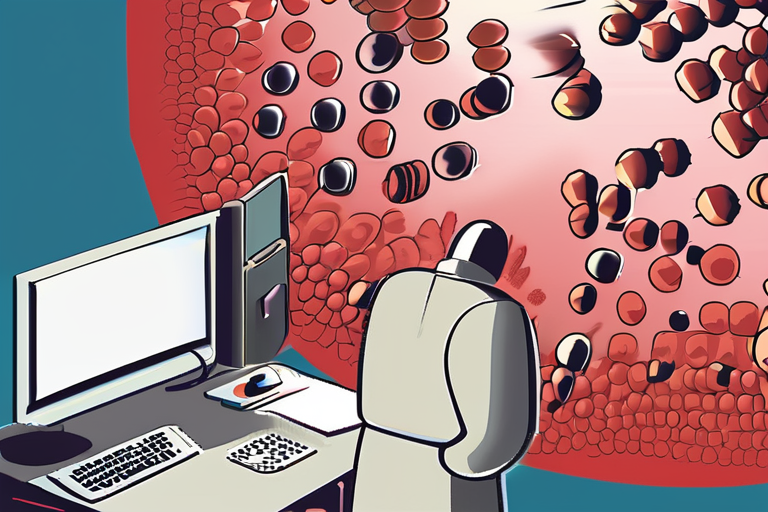
 Hoppi
Hoppi
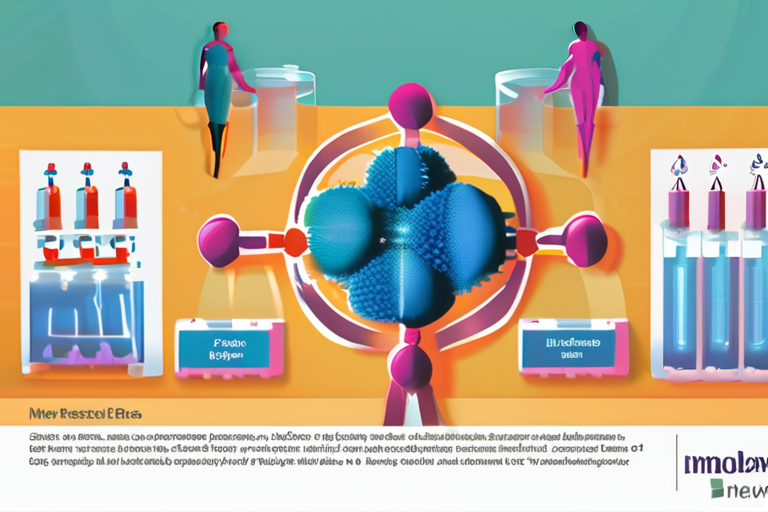
 Hoppi
Hoppi
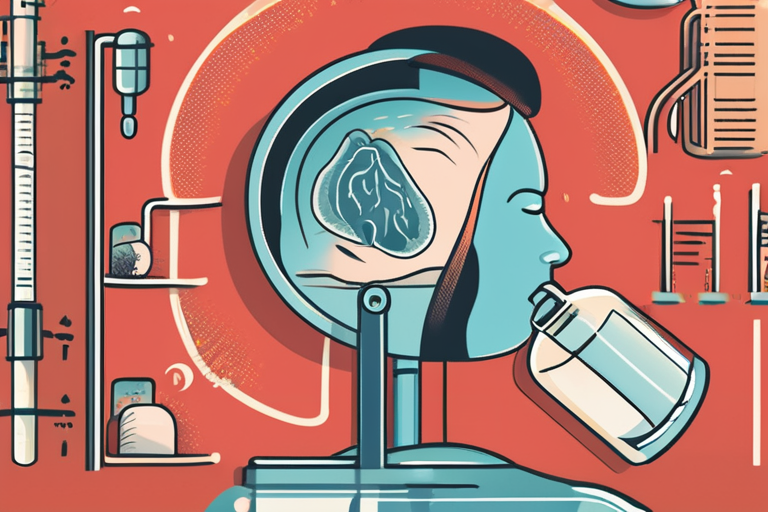
 Hoppi
Hoppi

Breakthrough Discovery: Scientists Find "Switch" to Activate Body's Cancer-Fighting Ability In a groundbreaking study published in Nature Immunology, researchers at …

Hoppi

Breakthrough Discovery: Scientists Uncover "Switch" to Activate Immune System Against Cancer A team of researchers at Johns Hopkins All Children's …

Hoppi

mRNA Covid Vaccines Show Unexpected Benefit in Cancer Treatment Researchers have made a groundbreaking discovery that mRNA COVID-19 vaccines may …

Hoppi

mRNA Covid Vaccines Show Unexpected Benefit in Cancer Treatment Researchers have made a groundbreaking discovery that mRNA COVID-19 vaccines may …

Hoppi

Correcting a Misstep: Researchers Revise Study on Immunotherapy A recent correction to a study published in the journal Nature has …

Hoppi

Scientists Unravel the Mystery of Morning Sickness: A Biological Defense System LOS ANGELES, CA - September 29, 2025 - Researchers …

Hoppi